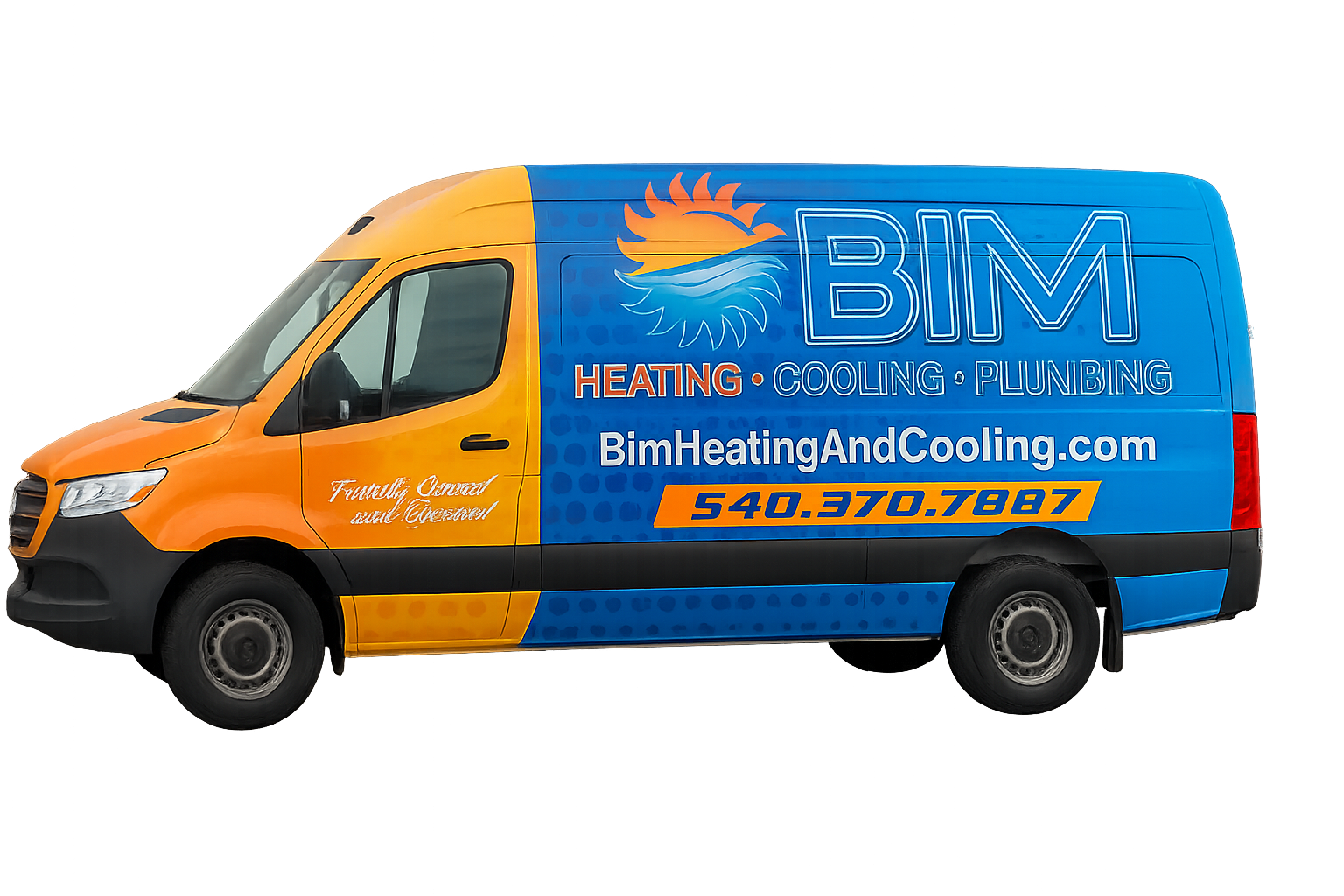What Makes Tankless Different?
When considering the upgrade of your home’s heating, cooling, and plumbing systems, understanding the differences between a tankless water heater and traditional water heaters is crucial. Tankless water heaters, often referred to as on-demand water heaters, offer several distinct advantages and operate on an entirely different principle compared to their traditional counterparts.
Tankless water heaters stand out by heating water directly without a storage tank. This means they deliver hot water continuously without waiting for a tank to refill and reheat, leading to significant energy efficiency and cost savings. Tankless models are 24% to 34% more energy efficient for homes using less than 41 gallons of hot water daily, resulting in noticeable reductions in monthly energy bills. They also offer a longer lifespan — up to 20 years or more — and their compact size allows for installation in smaller or tighter spaces.
Ready To Go Tankless?
A tankless water heater system provides your home with unmatched efficiency and continuous hot water. These systems heat water on demand, eliminating energy waste from storing unused hot water. This makes them ideal for high-demand households and businesses, providing an endless stream of hot water and significant energy savings.
They’re also known for their longevity and space-saving design. Tankless systems are compact enough to mount on a wall and can last more than 20 years with proper maintenance — a sustainable investment for your home’s comfort and efficiency.
Benefits Of A Tankless Water Heater
- Energy & Cost Efficient
- Endless Hot Water Supply
- Space Saving Designs
Regular Maintenance For Your Water Heater
Regular maintenance of your water heater is key to ensuring its longevity, efficiency, and safety. At BIM Heating, Cooling & Plumbing, we provide thorough maintenance services that address all aspects of your unit’s operation. Our annual inspections help prevent failures and extend lifespan while maximizing performance and energy efficiency.
Common Pipe Issues:
- Check for Leaks: We inspect for signs of leaks, from minor seal wear to significant tank damage.
- Flush the Tank: Removing sediment improves efficiency and prevents overheating.
- Test the Temperature and Pressure Relief Valve: Ensures safe pressure levels and prevents hazards.
- Inspect the Sacrificial Anode: This rod helps prevent corrosion; we inspect and replace it as needed to protect the tank.


